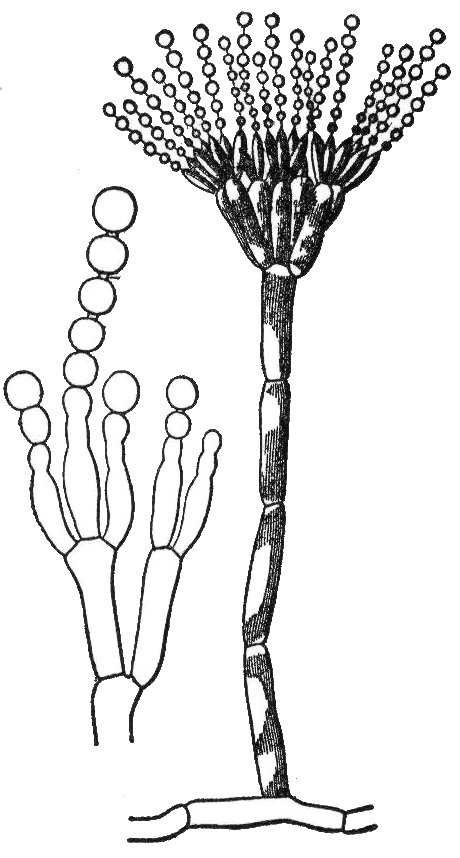|
Psammina
''Psammina'' is a fungal genus in the division Ascomycota. The relationship of this taxon to other taxa within the division is unknown (''incertae sedis''), and it has not yet been placed with certainty into any class, order, or family. The genus comprises fungi that inhabit various environments, growing on plants, algae, and lichens. These fungi are notable for their unique reproductive structures, which resemble tiny hands or palms when viewed under a microscope. ''Psammina'' species play diverse ecological roles: some form partnerships with algae to create lichens, others grow on existing lichens, and some can cause damage to their host (biology), host organisms. The genus was first proposed in 1890 and currently includes ten recognised species. While ''Psammina'' fungi have been found mainly in Europe, with sightings in countries such as the United Kingdom, the Netherlands, and France, at least one species has been reported in Brazil, suggesting a potentially wider distributi ... [...More Info...] [...Related Items...] OR: [Wikipedia] [Google] [Baidu] |
Conidiophore
A conidium ( ; : conidia), sometimes termed an asexual chlamydospore or chlamydoconidium (: chlamydoconidia), is an Asexual reproduction, asexual, non-motility, motile spore of a fungus. The word ''conidium'' comes from the Ancient Greek word for dust, ('). They are also called mitospores due to the way they are generated through the cellular process of mitosis. They are produced exogenously. The two new haploid cells are genetically identical to the haploid parent, and can develop into new organisms if conditions are favorable, and serve in biological dispersal. Asexual reproduction in ascomycetes (the phylum Ascomycota) is by the formation of conidia, which are borne on specialized stalks called conidiophores. The Morphology (biology), morphology of these specialized conidiophores is often distinctive between species and, before the development of molecular techniques at the end of the 20th century, was widely used for identification of (''e.g.'' ''Metarhizium#Species, Metarh ... [...More Info...] [...Related Items...] OR: [Wikipedia] [Google] [Baidu] |
Catalogue Of Life
The Catalogue of Life (CoL) is an online database that provides an index of known species of animals, plants, fungi, and microorganisms. It was created in 2001 as a partnership between the global Species 2000 and the American Integrated Taxonomic Information System. The Catalogue is used by research scientists, citizen scientists, educators, and policy makers. The Catalogue is also used by the Biodiversity Heritage Library, the Barcode of Life Data System, '' Encyclopedia of Life'', and the Global Biodiversity Information Facility. The Catalogue currently compiles data from 165 peer-reviewed taxonomic databases that are maintained by specialist institutions around the world. the COL Checklist lists 2,067,951 of the world's 2.2m extant species known to taxonomists on the planet at present time. Structure The Catalogue of Life employs a simple data structure to provide information on synonymy, grouping within a taxonomic hierarchy, common names, distribution and ecological e ... [...More Info...] [...Related Items...] OR: [Wikipedia] [Google] [Baidu] |
Species Fungorum
''Index Fungorum'' is an international project to index all formal names (Binomial nomenclature, scientific names) in the fungus Kingdom (biology), kingdom. As of 2015, the project is based at the Royal Botanic Gardens, Kew, one of three partners along with Landcare Research New Zealand Limited, Landcare Research and the Institute of Microbiology, Chinese Academy of Sciences. It is somewhat comparable to the International Plant Names Index (IPNI), in which the Royal Botanic Gardens is also involved. A difference is that where IPNI does not indicate Correct name (botany), correct names, the ''Index Fungorum'' does indicate the status of a name. In the returns from the search page, a currently correct name is indicated in green, while others are in blue (a few, aberrant usages of names are indicated in red). All names are linked to pages giving the correct name, with lists of Synonym (taxonomy), synonyms. ''Index Fungorum'' is one of three nomenclatural repositories recognized b ... [...More Info...] [...Related Items...] OR: [Wikipedia] [Google] [Baidu] |
